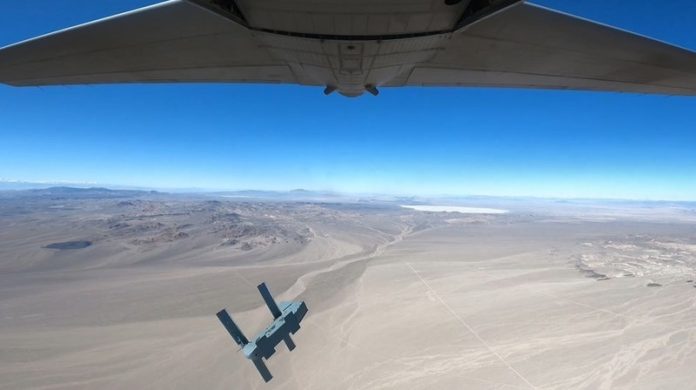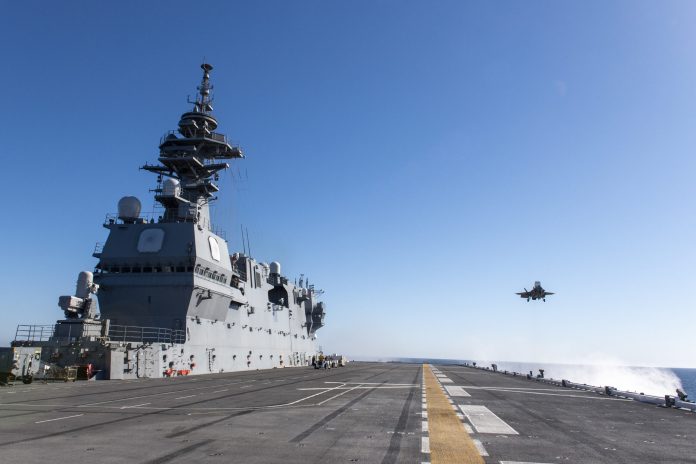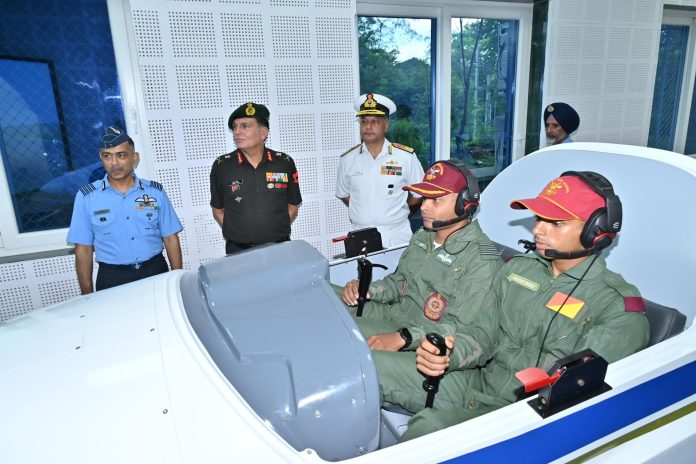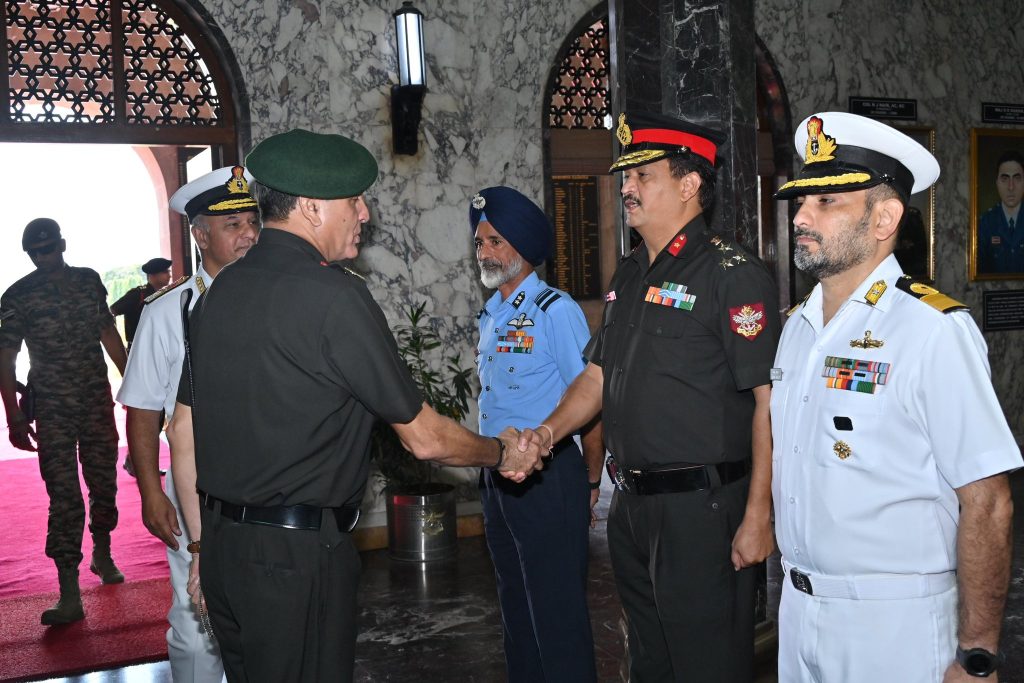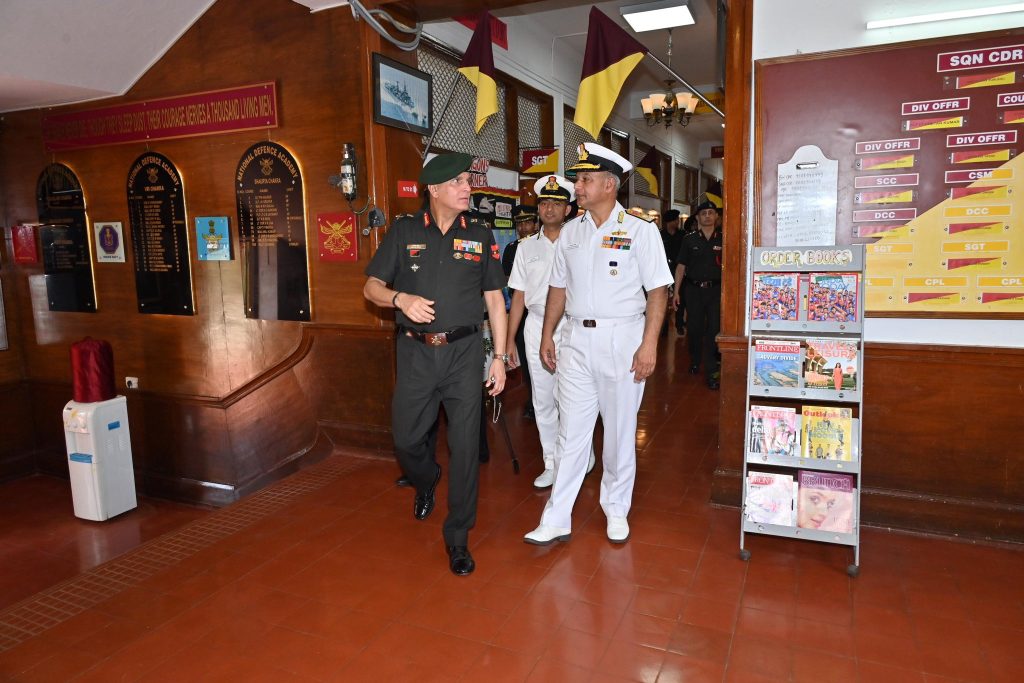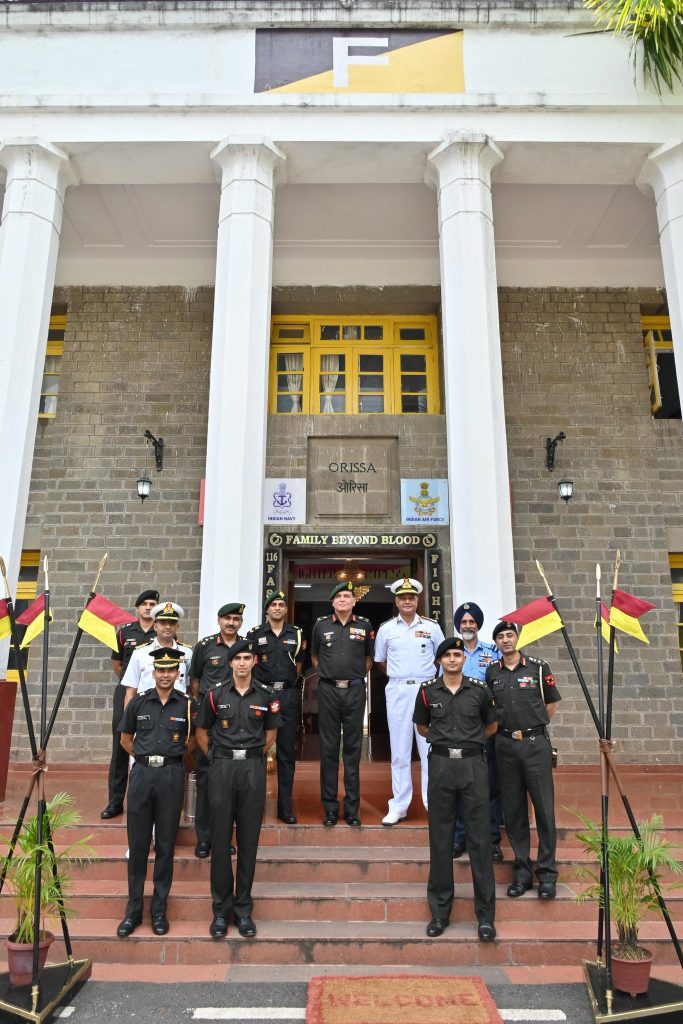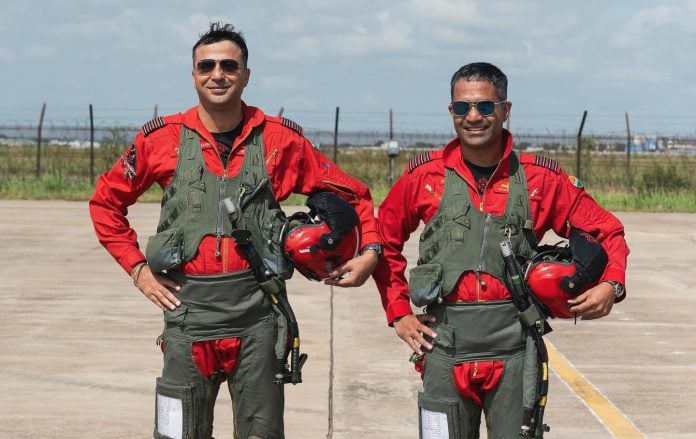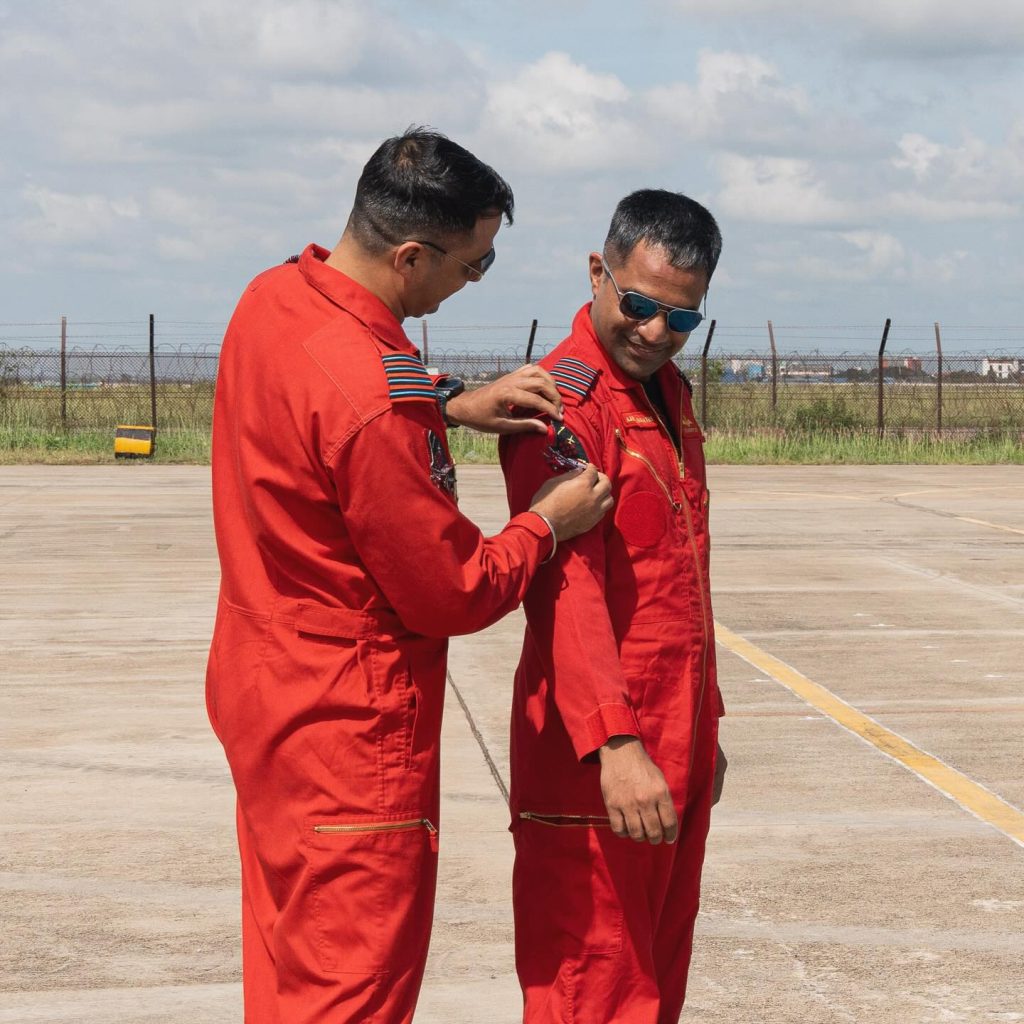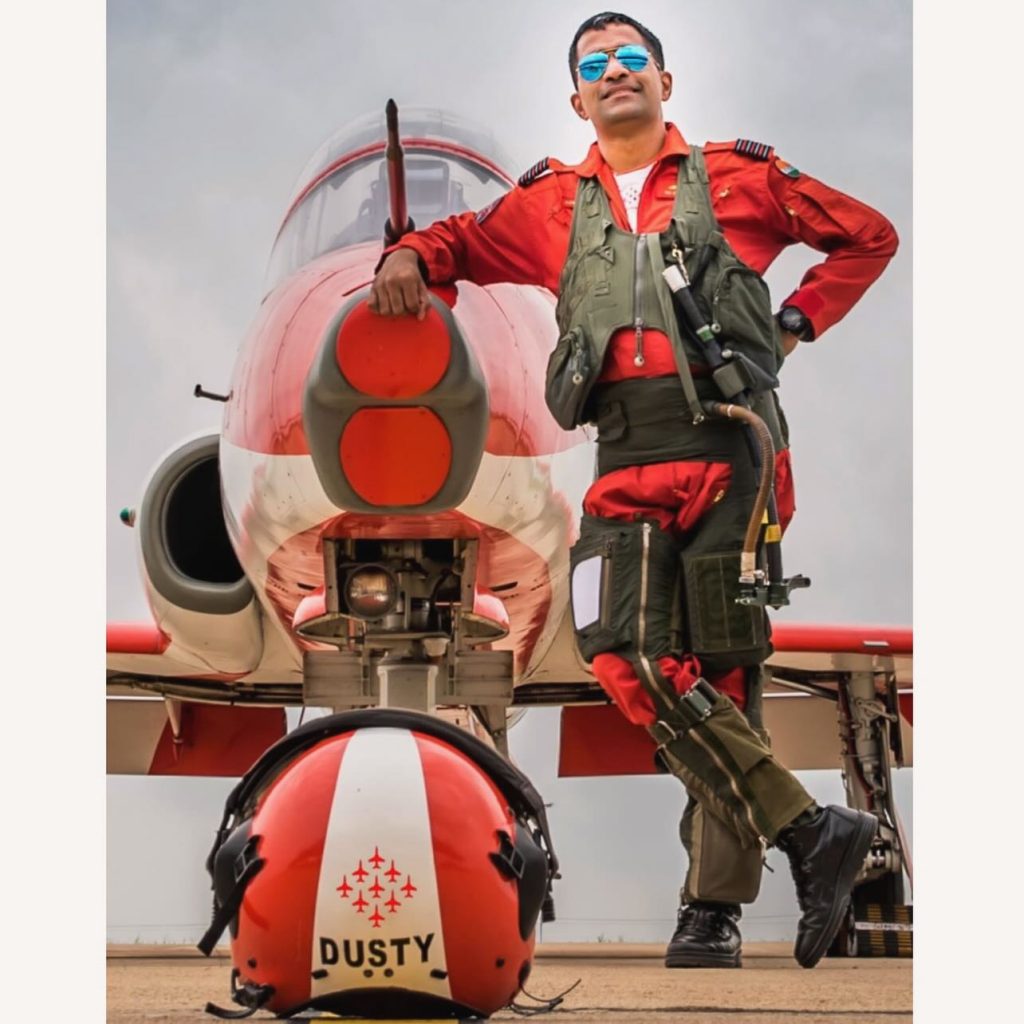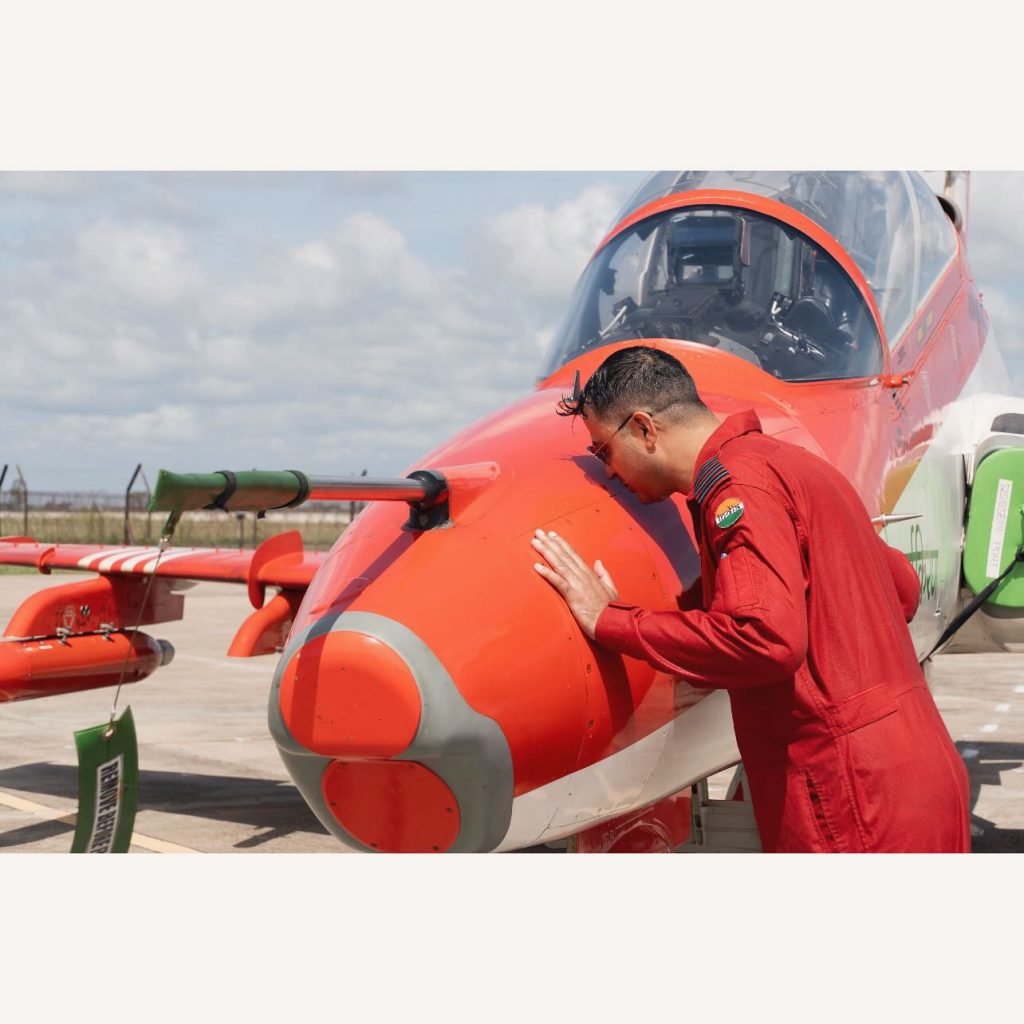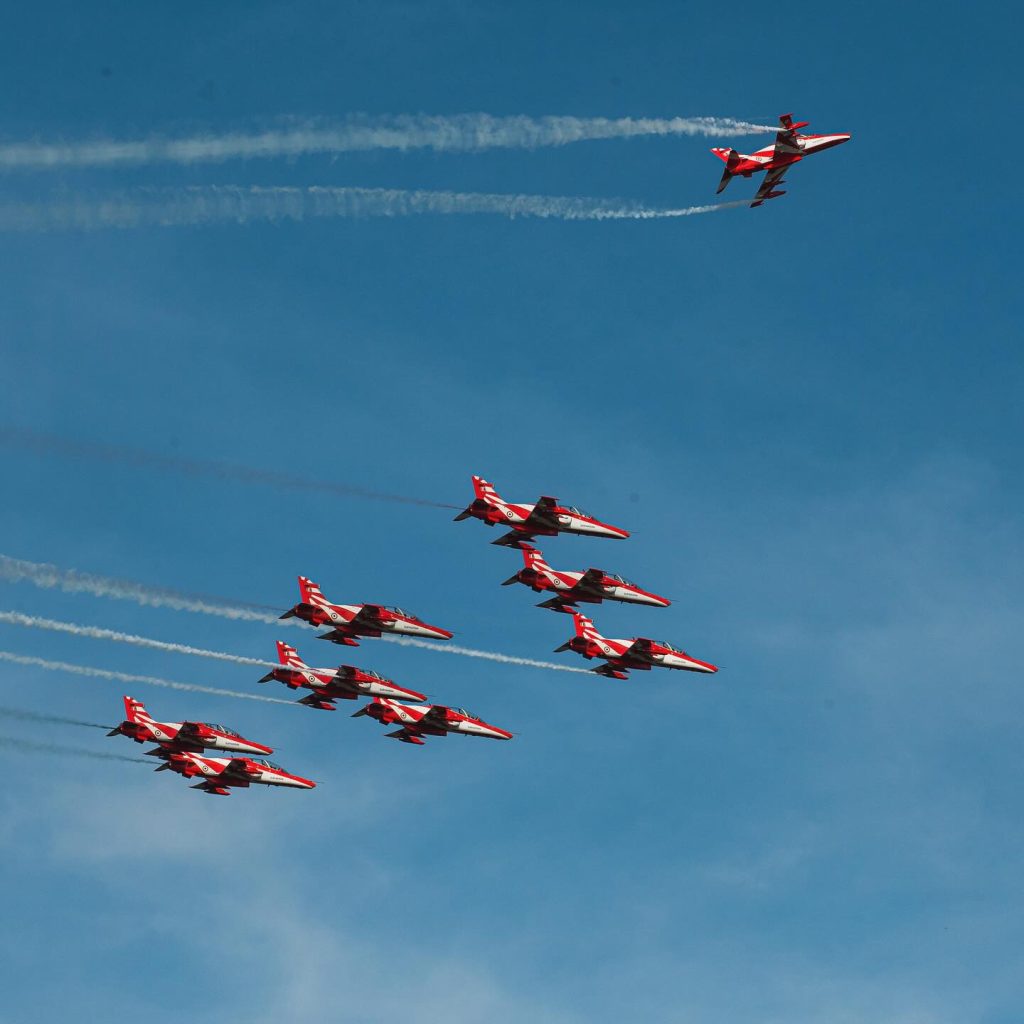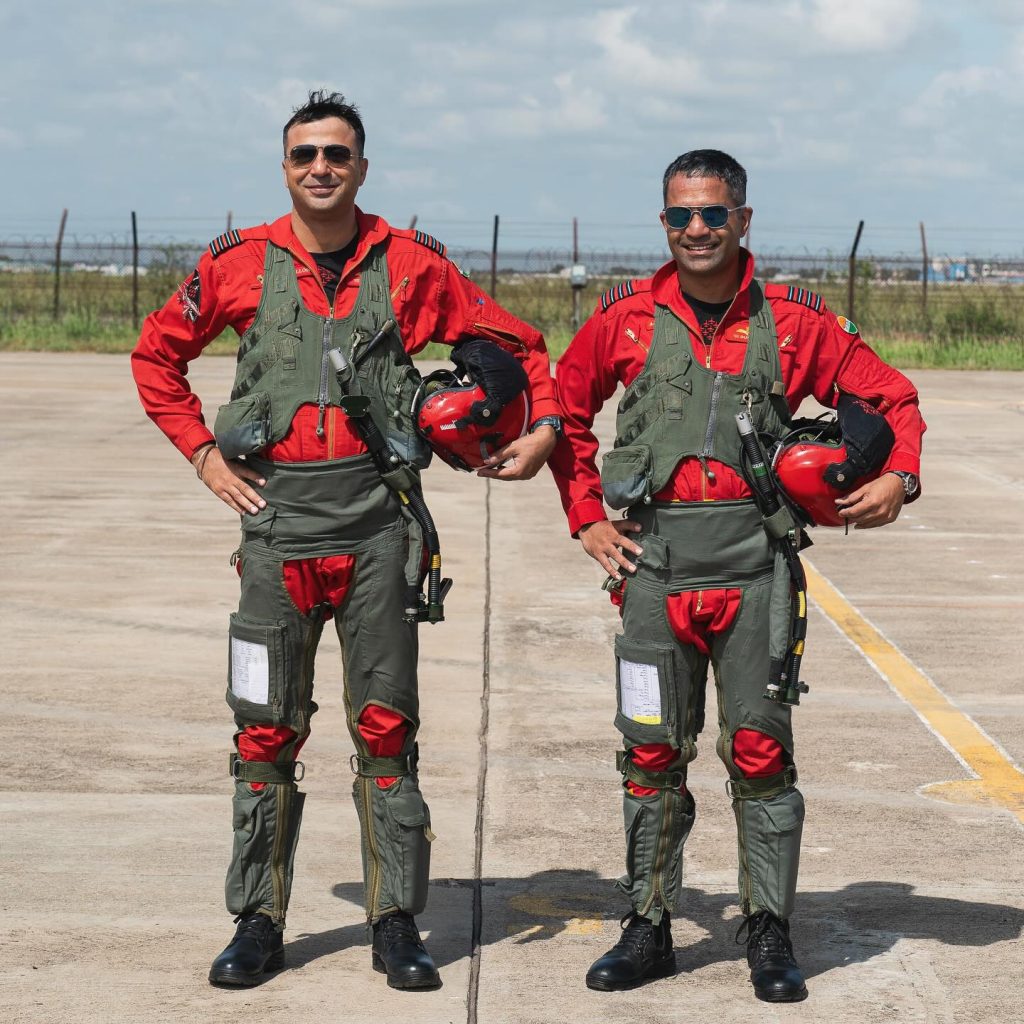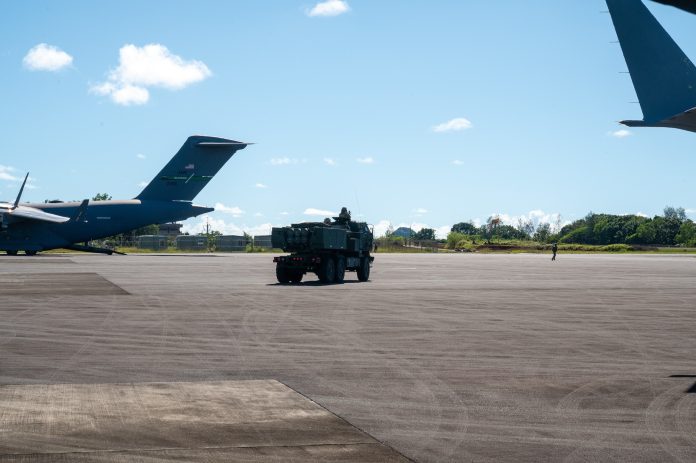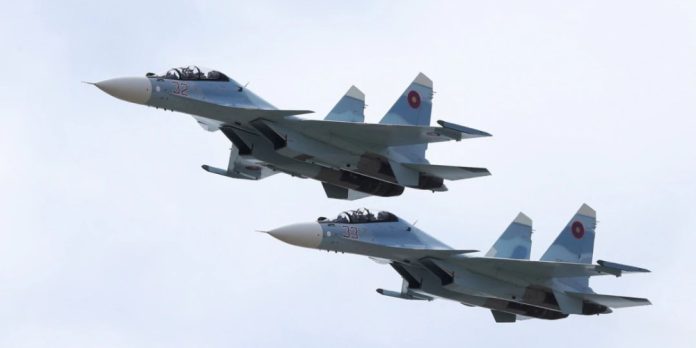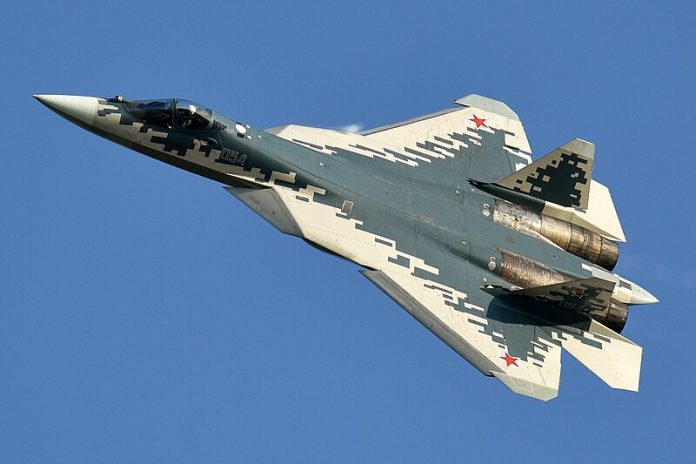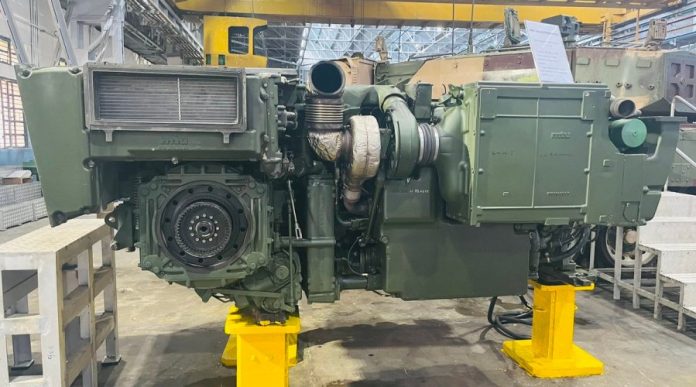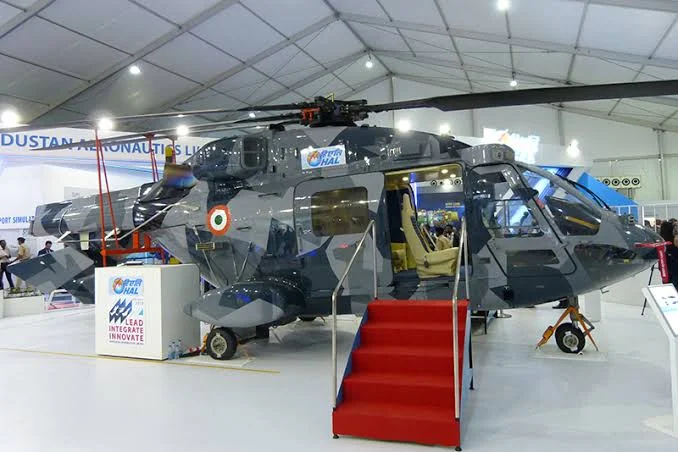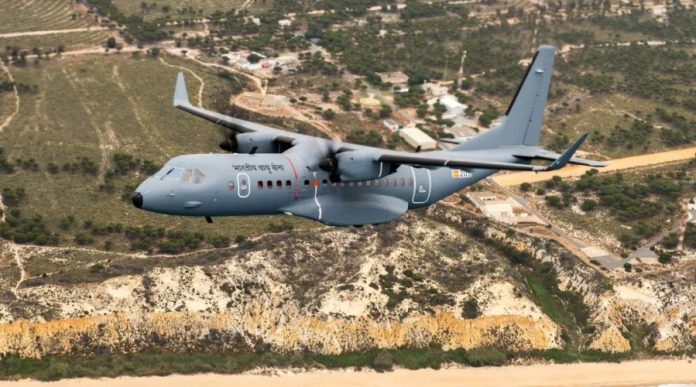Silent Arrow Secures US Air Force Contract for CLS-300 Testing
California-based Silent Arrow has been awarded a significant contract to test its innovative Contested Logistics System – 300 Nautical Miles (CLS-300) unmanned aerial system for the United States Air Force. The $1.2 million deal marks a key advancement for the company, which developed the drone as part of the AFWERX initiative. This program focuses on harnessing cutting-edge technologies to enhance logistical capabilities for military operations.
The CLS-300 is designed as a robust long-range cargo platform, capable of transporting equipment across distances between 300 and 500 nautical miles (556 to 926 kilometers). It features an impressive payload capacity of 1,000 pounds (454 kilograms), making it a vital asset for future airlift missions in austere environments.
As part of the contract, Silent Arrow will embark on the formal evaluation of the CLS-300’s capabilities. This project falls under the Air Force’s Small Business Innovation Research and Small Business Technology Transfer frameworks, which aim to accelerate the development and deployment of innovative solutions in collaboration with small industry partners.
Chip Yates, CEO and Founder of Silent Arrow, expressed gratitude to the US Air Force and its various divisions for their continued support and for awarding this follow-on Phase II contract. “We look forward to building on our Phase I propulsion test success as we prepare a number of full-scale aircraft for flight tests in Q3 and Q4 of 2025,” Yates stated.
The CLS-300 builds upon Silent Arrow’s existing GD-2000 heavy-lift resupply glider drone, which has previously been integrated into military transport aircraft operations. The new system is projected to offer a tenfold increase in flight range compared to the GD-2000, utilizing advanced propulsion technologies to enhance operational efficiency.
In addition to aerial operations, the CLS-300 is designed for deployment from various ground and naval platforms, broadening its potential applications in military logistics. Silent Arrow’s collaboration with the US Air Force began in 2021 when the company first supplied the GD-2000 drone. The following year saw successful tests of the GD-2000 in overseas deployments, where it exceeded expectations by carrying equipment beyond its rated maximum payload.
As the testing phase for the CLS-300 commences, expectations are high for its potential impact on enhancing military logistics and operational effectiveness.

